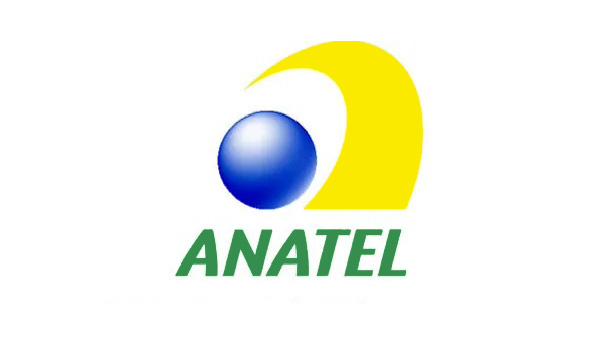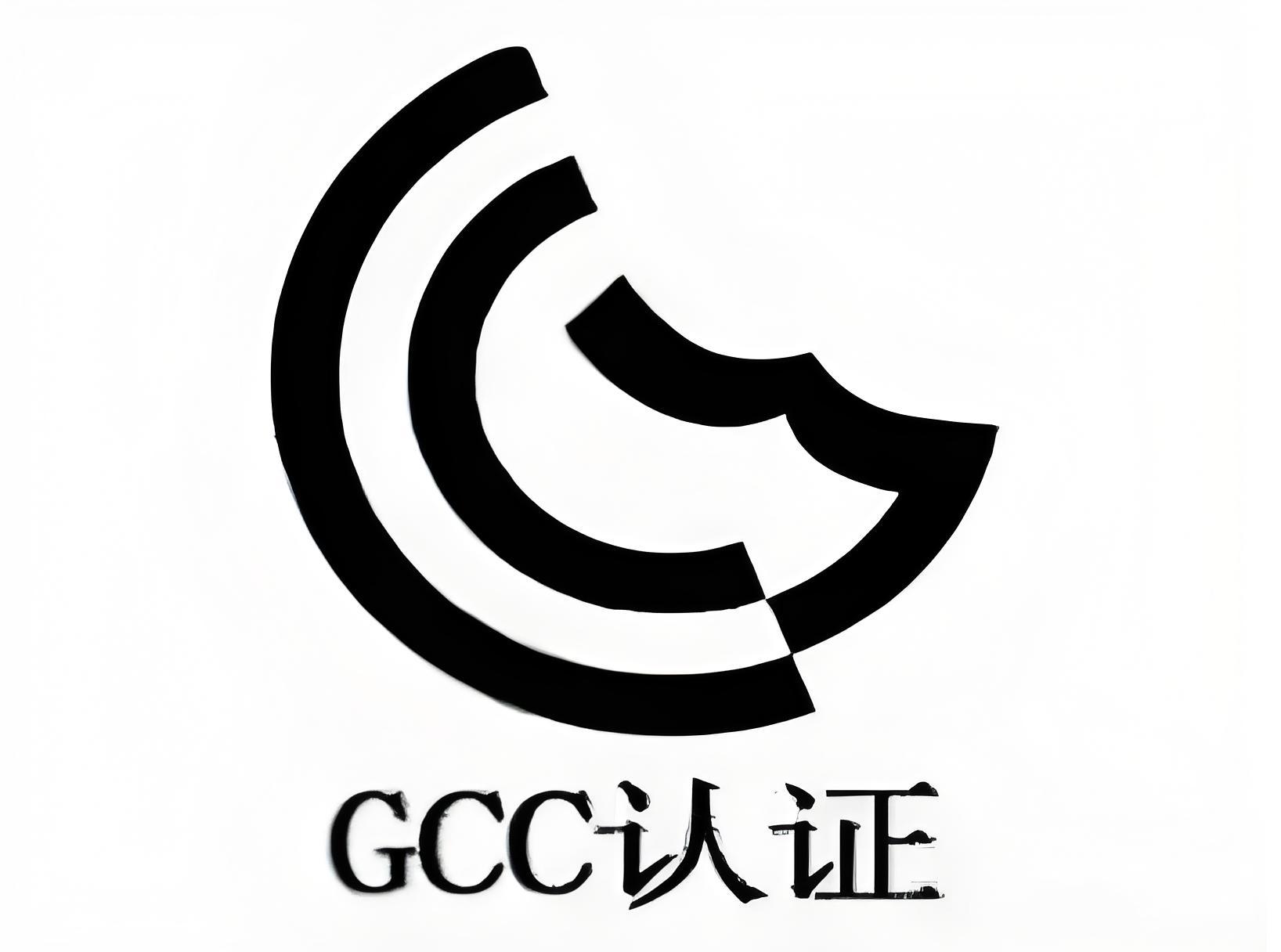
basic introduction
In Australia, the EMC requirements for electrical products are monitored by ACA (Australin Communications Authority). In addition to the Australian and New Zealand standards (AS / NZS), ACA recognized 103 other standards in 2002. These standards include EN, IEC and CISPR.
In order to limit the impact of electromagnetic interference, Australia has implemented mandatory electromagnetic interference (EMI) requirements for all products within the scope of the standard since January 1999. Some EMC experimental projects must also comply with mandatory requirements. They are: conducted interference, intermittent interference (clicking sound), and radiated interference. The remaining EMC projects are not mandatory. C-Tick logo can only be affixed after the products have been tested and meet the relevant standards. Any company or individual who wants to use this mark must submit an application to the competent government department and use it after obtaining written approval, and the height of the mark must not be less than 3 mm.
Information sign
The information of Australian suppliers must be marked next to the C-Tick mark so that ACA can effectively trace back to the supplier responsible for the product ’s EMC when sampling the product on the market. The identification of information includes four aspects:
1. The registered name and address of the Australian supplier.
2. Australian Company Number (Australian Company Number)
3. The number issued by the ACA to Australian suppliers.
4. Australian registered trademark for products used in the Australian market.
Product division
Australia's EMC system divides products into three levels. Suppliers must register with ACA and apply for the C-Tick mark before selling level 2 and level 3 products.
Level one product
Level 1 products refer to products with low interference radiation to devices using wireless spectrum, such as manual switches, simple relays, unidirectional squirrel-cage induction motors, and resistors. For level 1 products, the supplier must sign a declaration of conformity and provide a product description. Level 1 products can voluntarily apply for the C-Tick mark, but after choosing to use the mark, the supplier must provide a declaration of conformity and a product description together with a record of compliance to prove that the product described in the declaration has been Conforms to relevant EMC standards. The test location is not required, and internal testing is allowed.
Level 2 products
Level 2 products refer to products with high interference radiation to devices using wireless spectrum, such as switching power supplies, welding machines, dimmers, and most household appliances. In addition to signing the declaration of conformity and providing the product description, the supplier must also provide a test report in accordance with the relevant standards. If there is no relevant standard, it is necessary to provide technical structure documents. The test site does not require it and allows internal testing.
Level 3 products
Level 3 products refer to products with extremely high interference radiation to devices using wireless spectrum, that is, products covered by CISPR11 and CISPR22. At present, communication terminal products are still included in this range, but from November 7, 2003, terminal products will be classified into level two products. In addition to signing a declaration of conformity and providing a product description, the supplier must also provide a test report issued by an approved testing agency. At the same time, a quality management system certificate issued by a QSM certification body must also be issued.
Our advantage
1. With a professional qualification and experienced expert technical team, we can provide you with professional consultation and services.
2. Have advanced laboratory equipment to ensure the accuracy and reliability of test data.
3. As a third-party testing and certification organization trusted by customers worldwide, we are your certificate of quality.


ANATEL certification is a mandatory certification for telecommunications equipment or related equipment by the Brazilian National Telecommunications Administration (Agência Nacional de Telecomunicações), including wireless communication equipment, wired communication equipment and related auxiliary equipment; this certification ensures that telecommunications equipment sold in the Brazilian market meets Brazil\'s technical standards and regulatory requirements, and guarantees the product\'s quality requirements such as radio frequency, electrical safety, electromagnetic compatibility, and electromagnetic exposure. If the product entering Brazil does not complete ANATEL certification, it may face fines, seizures, and other penalties.

COC certification in Algeria is a mandatory certification for products exported to Algeria, ensuring that the products comply with the country\'s safety, quality, and technical standards. The certification process includes document review, product testing, and factory inspection. Products that pass certification can be legally sold in the local market, protecting consumer interests and promoting fair trade.

GCC certification is the abbreviation for Gulf Cooperation Council certification, which is a mandatory certification requirement for products entering the market in Saudi Arabia and other countries in the Gulf region.
In Australia, the EMC requirements for electrical products are monitored by ACA (Australin Communications Authority). In addition to the Australian and New Zealand standards (AS / NZS), ACA recognized 103 other standards in 2002. These standards include EN, IEC and CISPR.
Get a quote